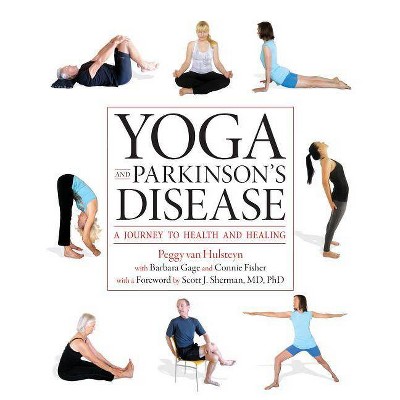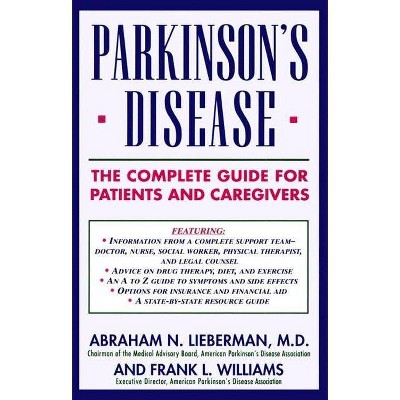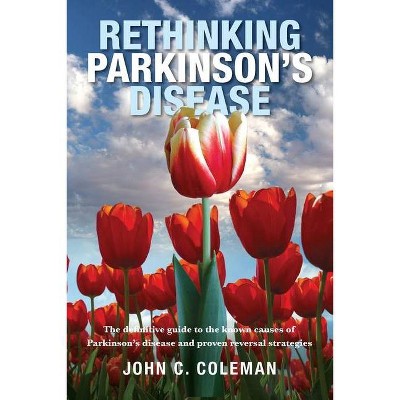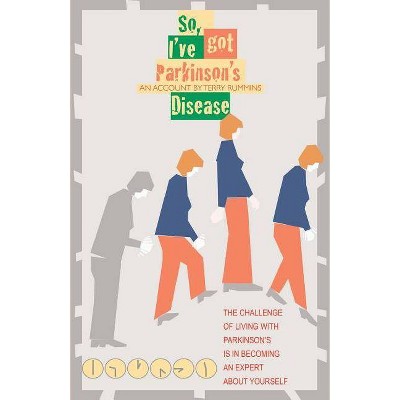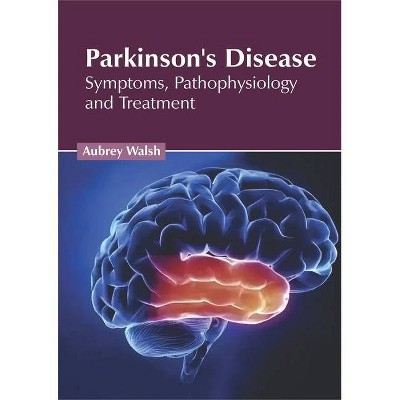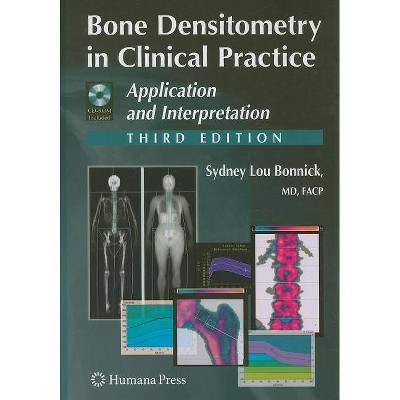Parkinson's Disease and Movement Disorders - (Current Clinical Practice) by Charles H Adler & J Eric Ahlskog (Paperback)
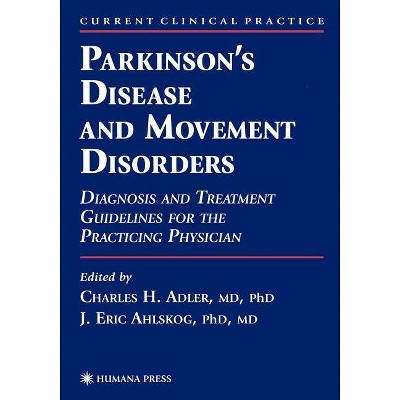
Similar Products
Products of same category from the store
AllProduct info
<p/><br></br><p><b> Book Synopsis </b></p></br></br>The field of movement disorders is relatively broad, encompassing disorders of increased movement, such as tremors, dystonia, and tics, to disorders characterized by a paucity of movement, such as Parkinson's disease. Our understanding of the pathogenic mechanisms and our treatment options are expanding at a rapid pace. This expansion ranges from the medical and surgical advances in treating Parkinson's disease to the flood of genetic abnormalities that have now been found to cause various movement disorders. Although many patients are seen by the movement disorders specialist in neurology clinics around the country, most of these patients receive their followup care from a primary care physician or "general" neurologist who must be versed in the character- istics and treatment plans of this diverse group of disorders. The major goal of Parkinson's Disease and Movement Disorders: Diagnosis and Treatment Guidelines for the Practicing Physician is to distill this immense amount of information and to educate the practitioner about the many facets of the movement disorders field. We believe that this book fills a large void, since most texts on movement disorders are more detailed and geared toward the specialist. We have asked the chapter authors to emphasize the clinical characteristics of each disorder, discuss the differential diagnosis and the diagnostic testing, and then outline the various treatment options, as if they were teaching during a preceptorship in their clinic.<p/><br></br><p><b> From the Back Cover </b></p></br></br>With the rapid expansion of research on the pathogenesis of movement disorders, the growing availability of novel medical and surgical treatment options for Parkinson's disease, and the increasing prevalence of such disorders in an aging population, physicians face an especially difficult task in keeping their practices up-to-date. In Parkinson's Disease and Movement Disorders: Diagnosis and Treatment Guidelines for the Practicing Physician, highly experienced clinician-researchers distill this immense amount of new information to create a practice-oriented tutorial for all nonspecialists treating movement disorders. Their book helps physicians to distinguish each disorder, providing a basic understanding of both the test and treatment options needed in active practices, as well as the effective use of the therapeutic recommendations of consulting specialists. The first half of the book is devoted to Parkinson's disease and conditions masquerading as parkinsonism, while the remainder details the recognition and treatment of tremor, dystonia, chorea, myoclonus, tics, gait disorders, restless legs syndrome, the ataxias, conditions resulting in spasms, and the use of botulinum toxin in movement disorders. In all cases the book provides sufficient background so that even relatively inexperienced clinicians can readily master the diagnosis and treatment of these neurologic conditions. <p/> Concise, informative, and eminently practical, Parkinson's Disease and Movement Disorders: Diagnosis and Treatment Guidelines for the Practicing Physician brings today's primary care physician, neurologist, gerontologist, and internist the critically evaluated knowledge and up-to-date expertise needed to treat patients with movement disorders in full confidence.<br><p/><br></br><p><b> Review Quotes </b></p></br></br><br>". . .this book demystifies, enlightens, and educates. . .an outstanding accomplishment. . .the style is uniform and the text reader-friendly. . .punctuated with useful tables, [and] the clinical descriptions and practical approach to patient mamagement are what make this an exceptional text. General neurologists, movement disorders fellows, and internists will all find this book and excellent source."-Neurology <p/> "There are 35 well-written chapters aimed at the practicing neurologist, 12 of which cover the management of early and late Parkinson's disease. Considerable attention is given to the selection of drug treatment. The remaining chapters cover a variety of other movement disorders including tremor, myoclonus, tics, Wilson's disease, dystonia, and tardive dyskinesia. . ."-Doody's Health Science Book Review Journal <p/> ...this book has comprehensive coverage of Parkinson's disease and other movement disorders. The book is most useful for family practitioners, neurologists, gerontologists and residents. An appropriate book for institutional libraries as well." - Doody's Health Science Book Review Journal<br>
Price History
Price Archive shows prices from various stores, lets you see history and find the cheapest. There is no actual sale on the website. For all support, inquiry and suggestion messages communication@pricearchive.us

